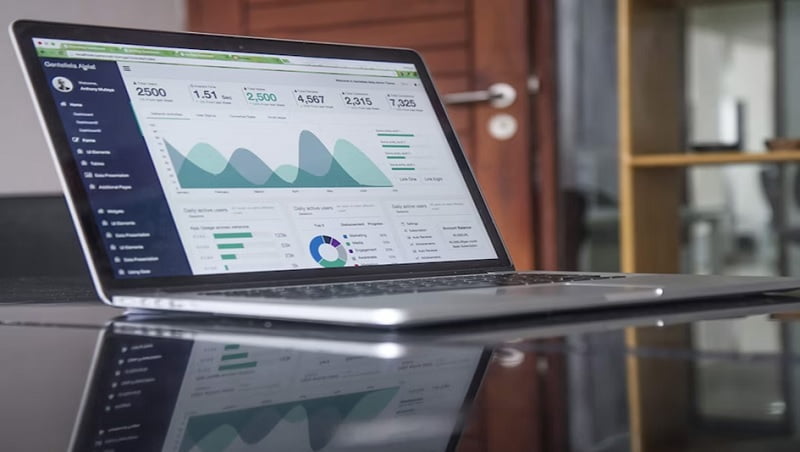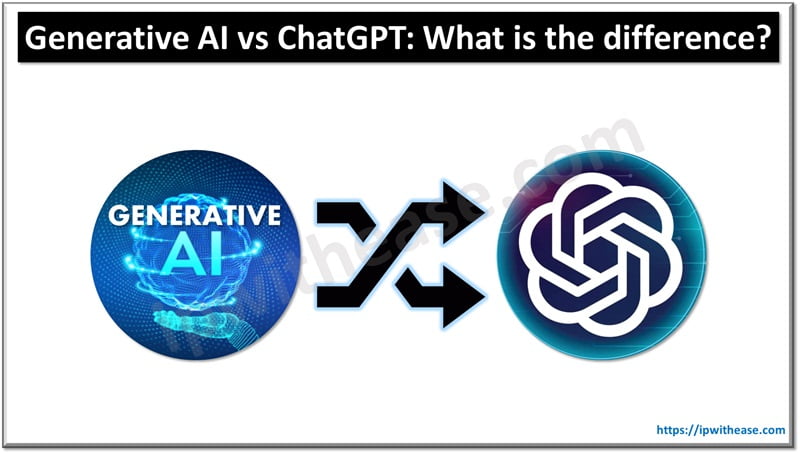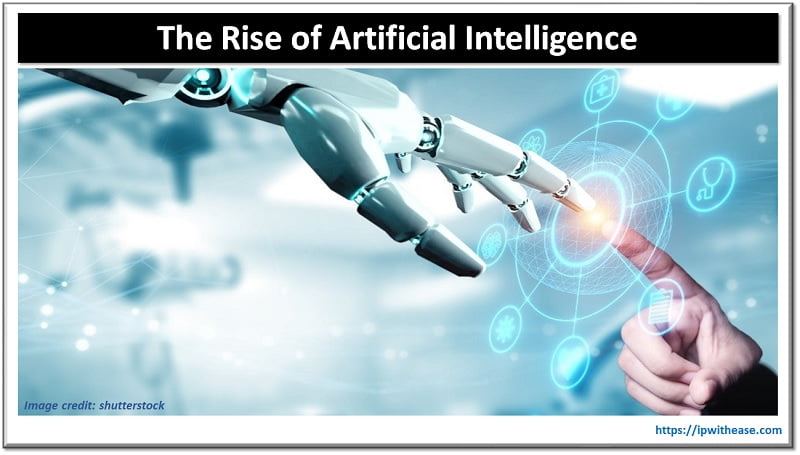Table of Contents:
Data Science has become a buzzword in the technology industry. It is one of the hottest topics around, and every data science company wants to know what it is and how it can help them. In this post, we’ll discuss all aspects of Data Science, including its life cycle, applications, and tools.

What is Data Science?
Data science is an interdisciplinary field that leverages various tools, algorithms, and machine learning principles to discover hidden patterns in raw, unstructured data. As the world continues to generate vast amounts of data through various sources, such as websites, apps, smartphones, and smart devices, the need for data storage and analysis has grown exponentially.
Data Science Life Cycle
The data science life cycle consists of several distinct phases, each of which plays a crucial role in the overall process of deriving insights and value from data. Here are the common phases of the data science life cycle:
- Problem Definition: This phase involves understanding the business problem or question that needs to be addressed. It includes identifying the objectives, defining the scope, and formulating clear research questions or hypotheses.
- Data Acquisition: In this phase, relevant data is collected from various sources. It may involve accessing internal databases, external APIs, web scraping, or acquiring data from third-party vendors. The quality and quantity of data required for analysis are determined during this stage.
- Data Preprocessing: Data preprocessing is the process of cleaning and transforming raw data into a format suitable for analysis. It involves handling missing values, dealing with outliers, data normalization or scaling, feature selection, and data integration from multiple sources. Data preprocessing ensures the data is ready for modeling.
- Exploratory Data Analysis (EDA): EDA involves exploring and understanding the data to gain insights and identify patterns or relationships. It includes summary statistics, data visualization, correlation analysis, and initial hypothesis testing. EDA helps in uncovering trends, outliers, and potential issues in the data.
- Feature Engineering: Feature engineering is the process of creating new features or transforming existing ones to enhance the predictive power of machine learning models. It involves selecting relevant variables, creating interaction terms, applying mathematical transformations, and engineering domain-specific features.
- Modeling: In this phase, various machine learning or statistical models are selected, trained, and evaluated on the prepared dataset. It includes splitting the data into training and testing sets, selecting appropriate algorithms, tuning hyperparameters, and assessing model performance using suitable evaluation metrics.
- Model Evaluation: Model evaluation involves assessing the performance of the trained models using evaluation metrics such as accuracy, precision, recall, F1-score, or area under the ROC curve (AUC-ROC). It helps in understanding how well the model generalizes to unseen data and whether it meets the defined objectives. DataCamp provides practical, hands-on learning and timely feedback on student exams. If you’re looking to solidify your career in this ever-growing field, consider earning a rigorous data scientist certificate from DataCamp to ensure you are market-ready despite changes in technology and methodological trends.
- Model Deployment: Once a satisfactory model is identified, it needs to be deployed in a production environment to make predictions on new, incoming data. Model deployment may involve integrating the model into existing systems, creating APIs, or building user interfaces for end-users to interact with the model.
- Model Monitoring and Maintenance: After deployment, the model needs to be continuously monitored to ensure its performance and accuracy over time. Monitoring involves tracking model drift, retraining models periodically with new data, and maintaining the infrastructure supporting the model’s operation.
- Communication and Reporting: Throughout the entire data science life cycle, effective communication of findings and insights is crucial. This phase involves presenting the results, visualizations, and recommendations to stakeholders in a clear and understandable manner, facilitating informed decision-making.

It’s important to note that the data science life cycle is iterative, and each phase may involve revisiting previous steps as new insights or challenges arise. The process is not strictly linear and may require flexibility and iteration to achieve the desired outcomes.
Applications of Data Science
Data science has numerous applications across various industries and sectors. Here are some common applications of data science:
- Predictive Analytics: Data science is used to develop predictive models that can forecast future outcomes and trends based on historical data. It is applied in areas such as sales forecasting, demand prediction, risk assessment, and customer behavior analysis.
- Fraud Detection: Data science techniques help in identifying patterns and anomalies that indicate fraudulent activities. It is utilized in financial institutions, insurance companies, and e-commerce platforms to detect fraudulent transactions, insurance claims, or online scams.
- Recommender Systems: Data science is used to build recommendation engines that provide personalized suggestions and recommendations to users. These systems are widely used in e-commerce, media streaming platforms, and content recommendation.
- Natural Language Processing (NLP): Data science techniques enable machines to understand, interpret, and generate human language. NLP applications include sentiment analysis, chatbots, language translation, and text summarization.
- Image and Video Analysis: Data science is applied to analyze and interpret visual data. It is used in areas such as object detection, facial recognition, video surveillance, medical imaging analysis, and self-driving cars.
- Healthcare Analytics: Data science helps in analyzing large healthcare datasets to improve patient outcomes, identify disease patterns, optimize healthcare operations, and develop personalized treatment plans.
- Supply Chain Optimization: Data science techniques are used to optimize supply chain operations, inventory management, and logistics. It helps in reducing costs, improving efficiency, and minimizing delays.
- Social Media Analytics: Data science is applied to analyze social media data to gain insights into customer preferences, sentiment analysis, brand perception, and targeted marketing campaigns.
- Customer Churn Prediction: Data science models can predict customer churn or attrition, helping businesses identify customers at risk of leaving and develop strategies to retain them. It is commonly used in telecommunications, subscription-based services, and online platforms.
- Energy and Utilities Optimization: Data science is utilized to optimize energy consumption, predict energy demand, improve energy efficiency, and optimize power grid operations.
Data Science Tools
There are numerous data science tools available that cater to different aspects of the data science workflow, from data exploration and pre-processing to modelling and deployment. Here are some important data science tools widely used in the industry:
- Python: is a popular programming language for data science. It offers a rich ecosystem of libraries and frameworks such as NumPy, pandas, scikit-learn, TensorFlow, and PyTorch, which provide extensive capabilities for data manipulation, analysis, machine learning, and deep learning.
- R: R is another widely used programming language for statistical computing and data analysis. It has a comprehensive collection of packages, such as dplyr, ggplot2, caret, and randomForest, that offer powerful tools for data manipulation, visualization, statistical modeling, and machine learning.
- Jupyter Notebooks: Jupyter Notebooks are interactive web-based environments that allow combining code, visualizations, and narrative text. They are popular for exploratory data analysis, prototyping, and sharing data science projects. It supports multiple programming languages, including Python, Julia, and R.
- Apache Spark: Apache Spark is a fast and scalable data processing framework. It provides distributed computing capabilities for big data analytics, machine learning, and streaming data processing. Spark supports various programming languages and offers libraries such as Spark SQL, MLlib, and GraphX for different data processing tasks.
- SQL (Structured Query Language): SQL is a standard language used for managing and querying relational databases. It is essential for working with structured data, performing data manipulation, and extracting insights from databases using SQL-based tools like MySQL, PostgreSQL, or SQLite.
- Tableau: is a powerful data visualization tool that allows users to create interactive and visually appealing dashboards and reports. It supports various data sources and provides drag-and-drop functionality for easy data exploration and visualization.
- TensorFlow: It is an open-source ML library developed by Google. It is widely used for building and deploying deep learning models. TensorFlow provides a flexible and scalable framework for tasks like image recognition, natural language processing, and neural network modeling.
- Apache Hadoop: Apache Hadoop is a distributed computing framework that enables the processing of large datasets across clusters of computers. It provides tools like Hadoop Distributed File System (HDFS) and MapReduce for distributed storage and processing of big data.
- KNIME: KNIME is an open-source data analytics platform that allows users to visually design data workflows, integrating various data manipulation and analysis steps. It offers a wide range of pre-built nodes for data pre-processing, machine learning, and visualization.
- Git: Git is a popular version control system that enables collaboration and tracking changes in code repositories. It is crucial for managing and tracking data science projects, especially when working in teams.
Final Words
The data science life cycle is a crucial framework for organizing and executing data science projects effectively. By following a structured approach, data scientists can ensure that their work aligns with business objectives and delivers valuable insights for decision-making.
As the field of data science continues to grow, organizations must invest in understanding and implementing the data science life cycle to stay competitive and make data-driven decisions.
Continue Reading:
Data Center Tier Classification Explained (Tier1,2,3 and 4)
Benefits of On-Site Data Warehouse Compared to Cloud Data Warehouse
ABOUT THE AUTHOR
IPwithease is aimed at sharing knowledge across varied domains like Network, Security, Virtualization, Software, Wireless, etc.



